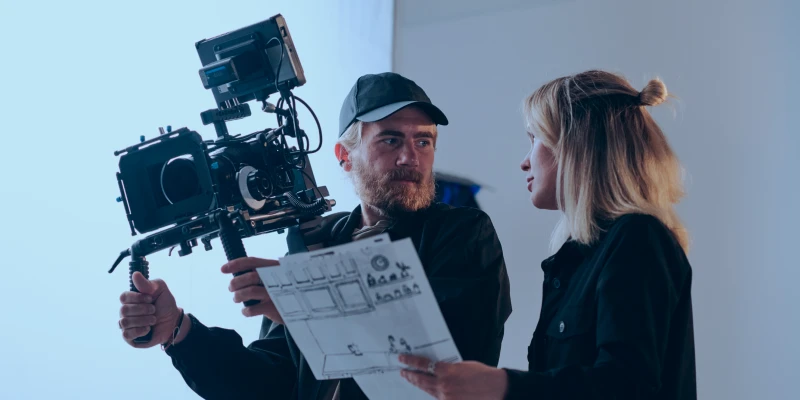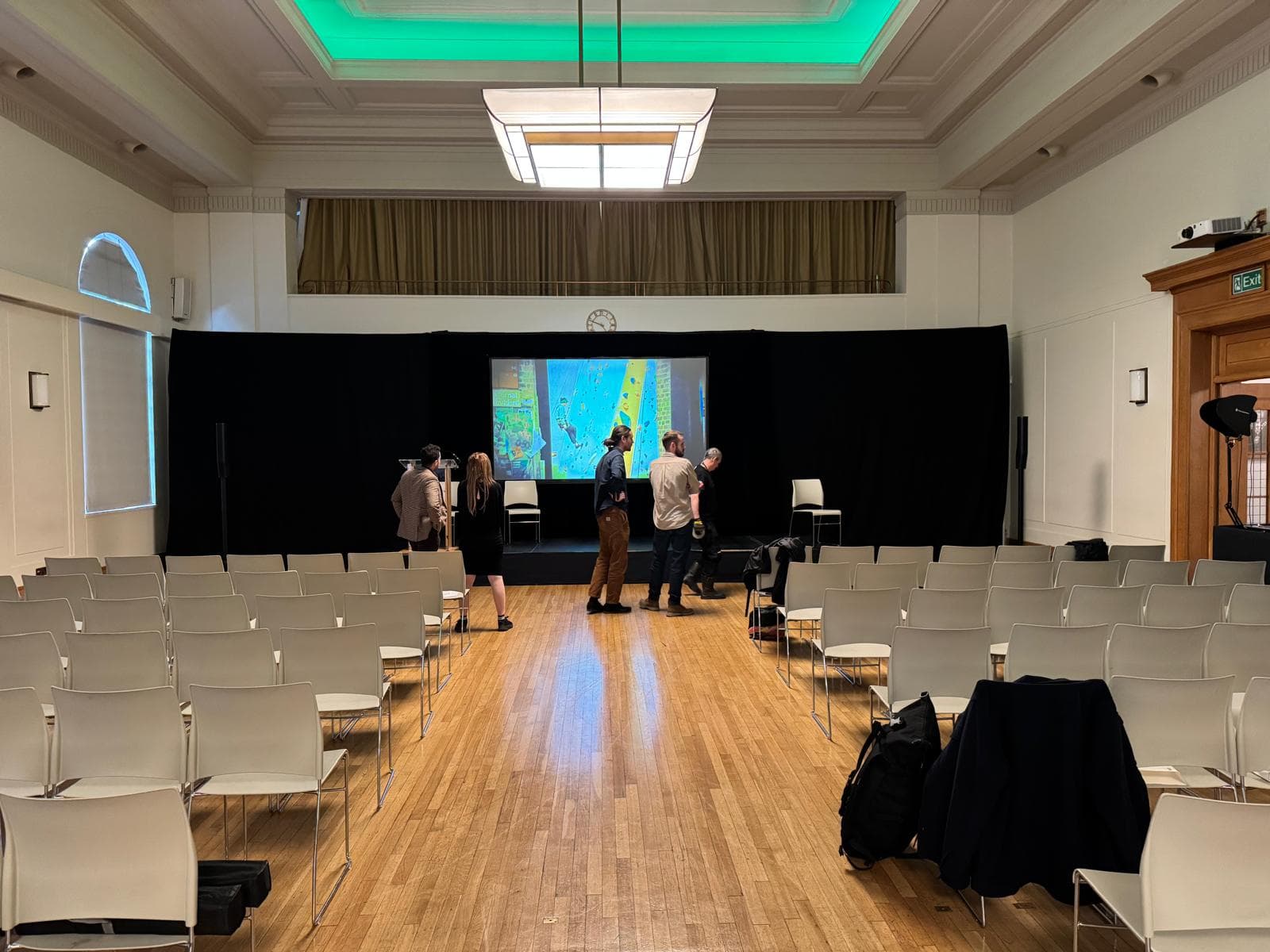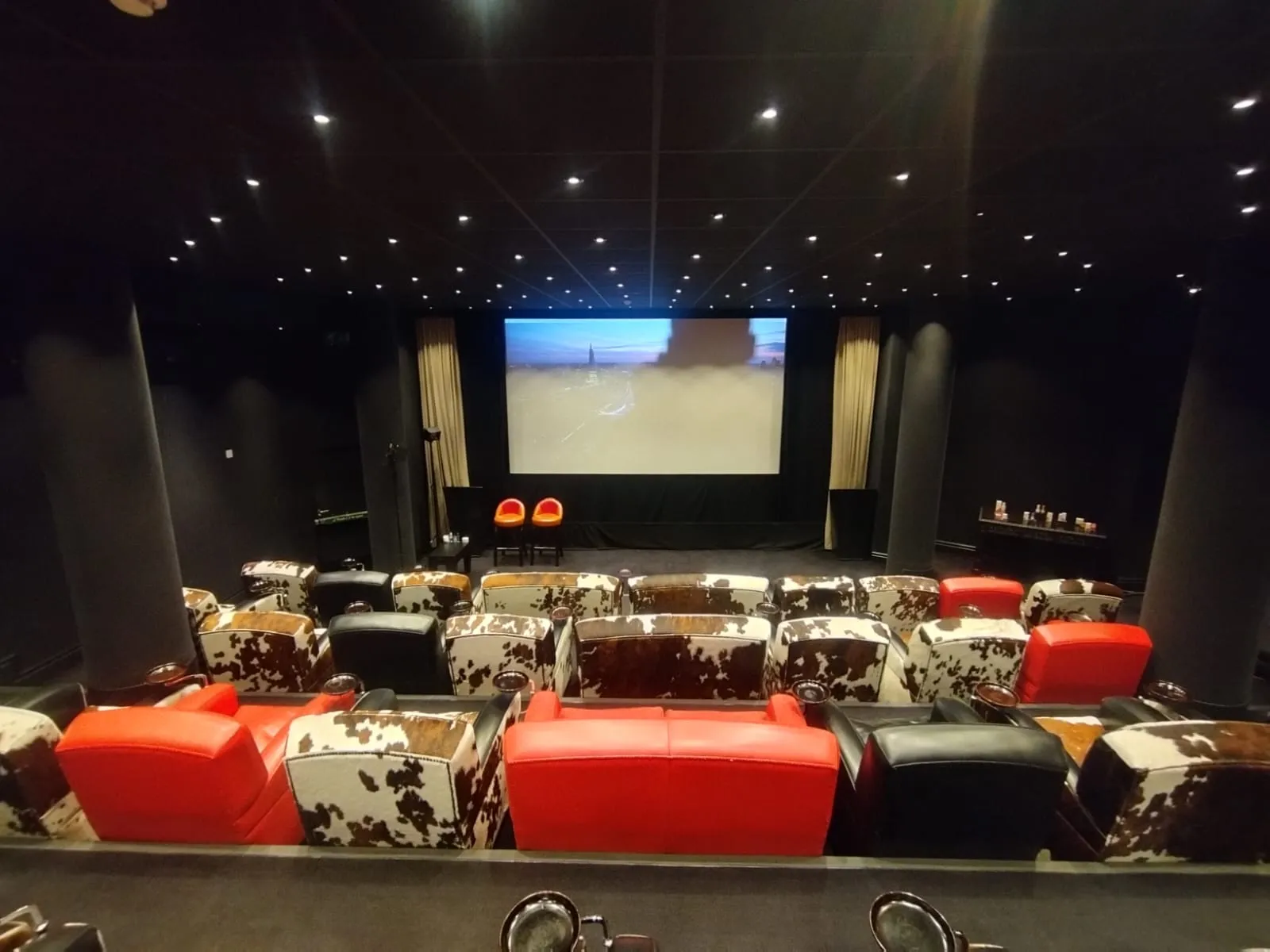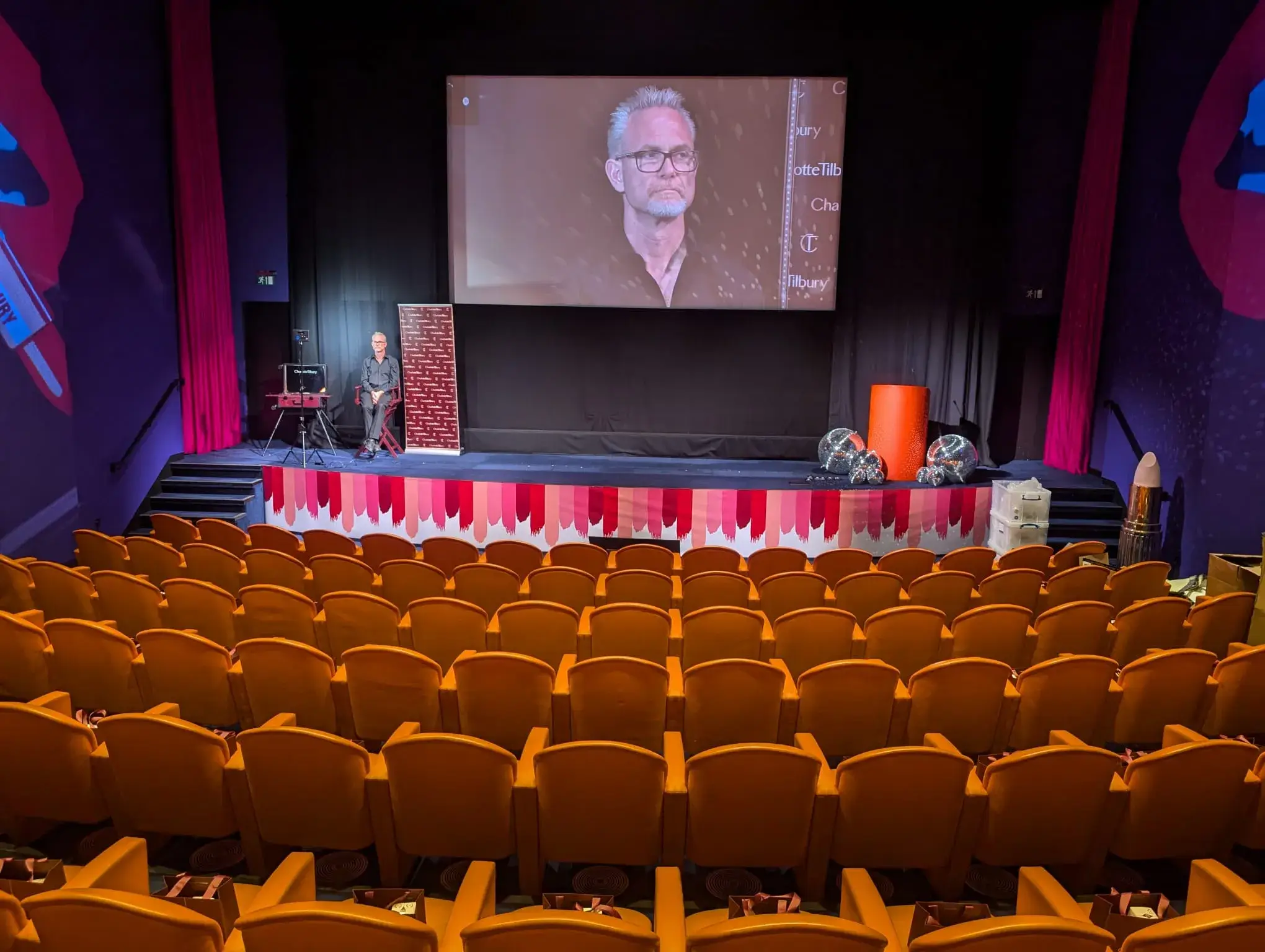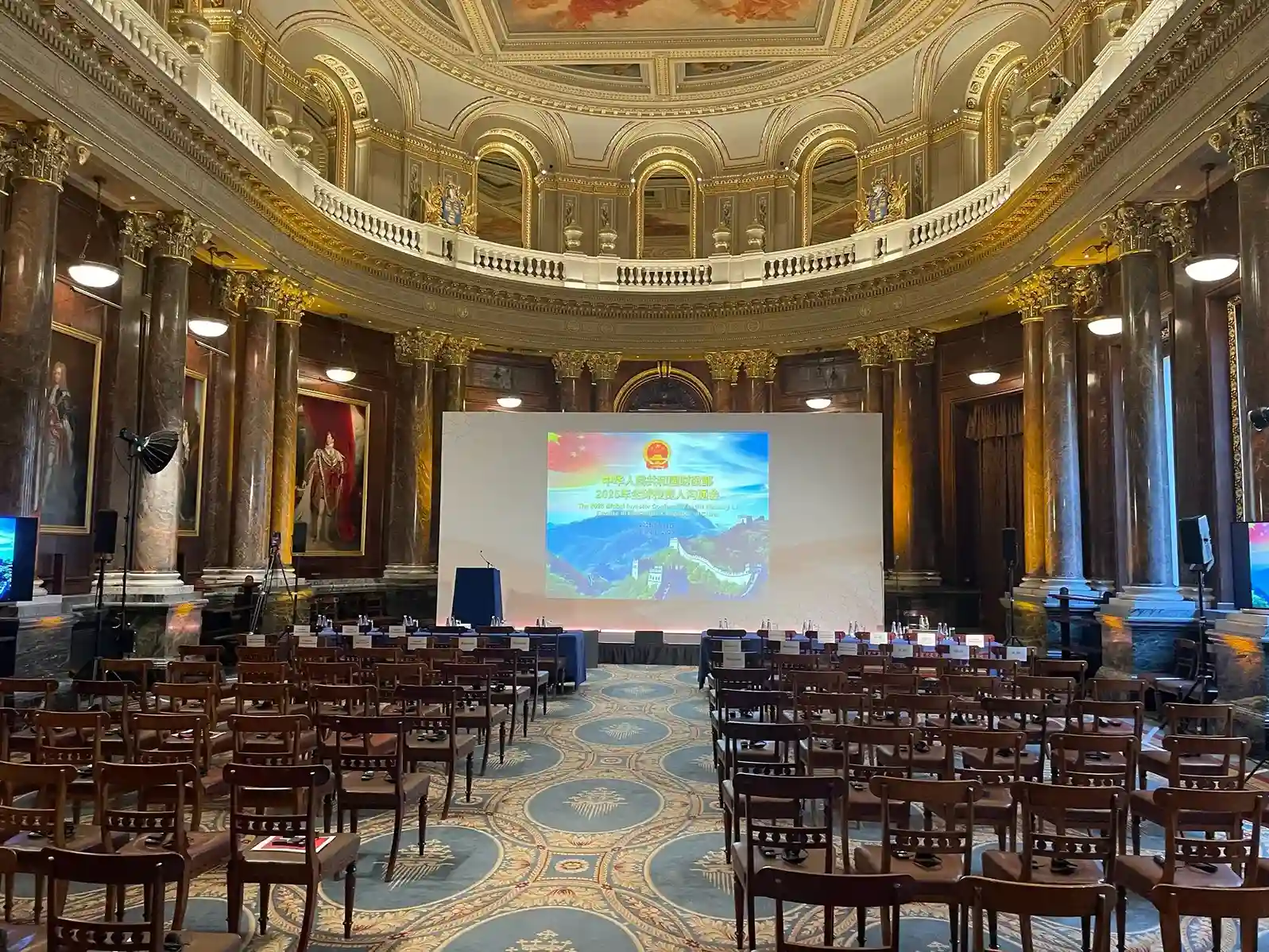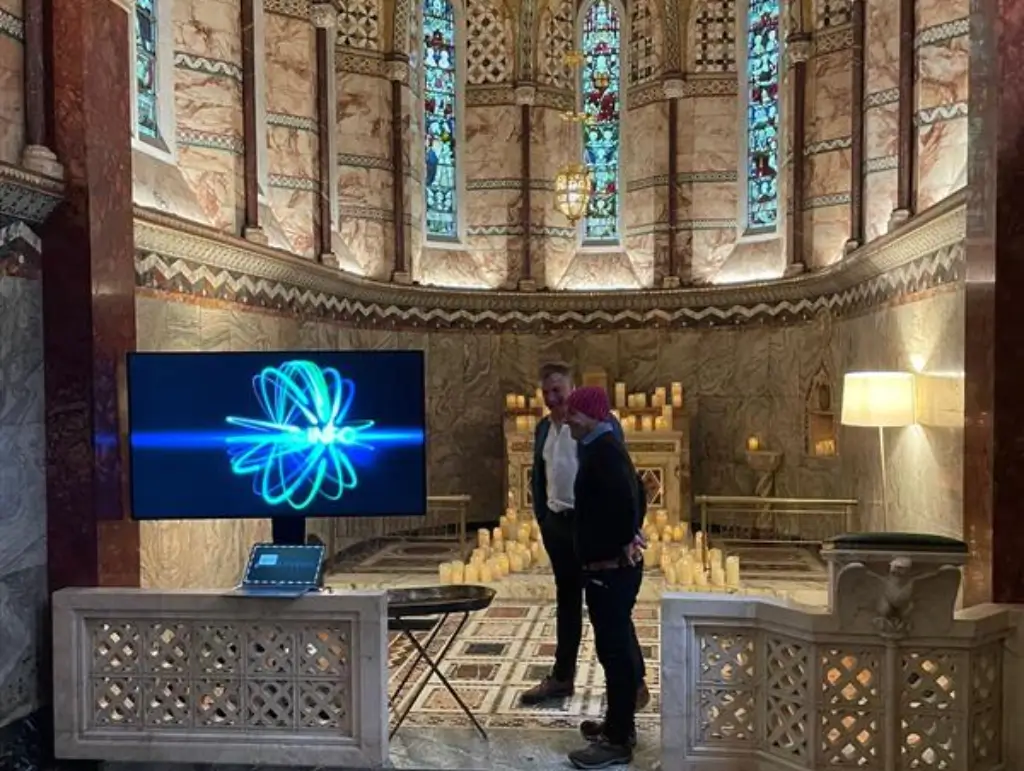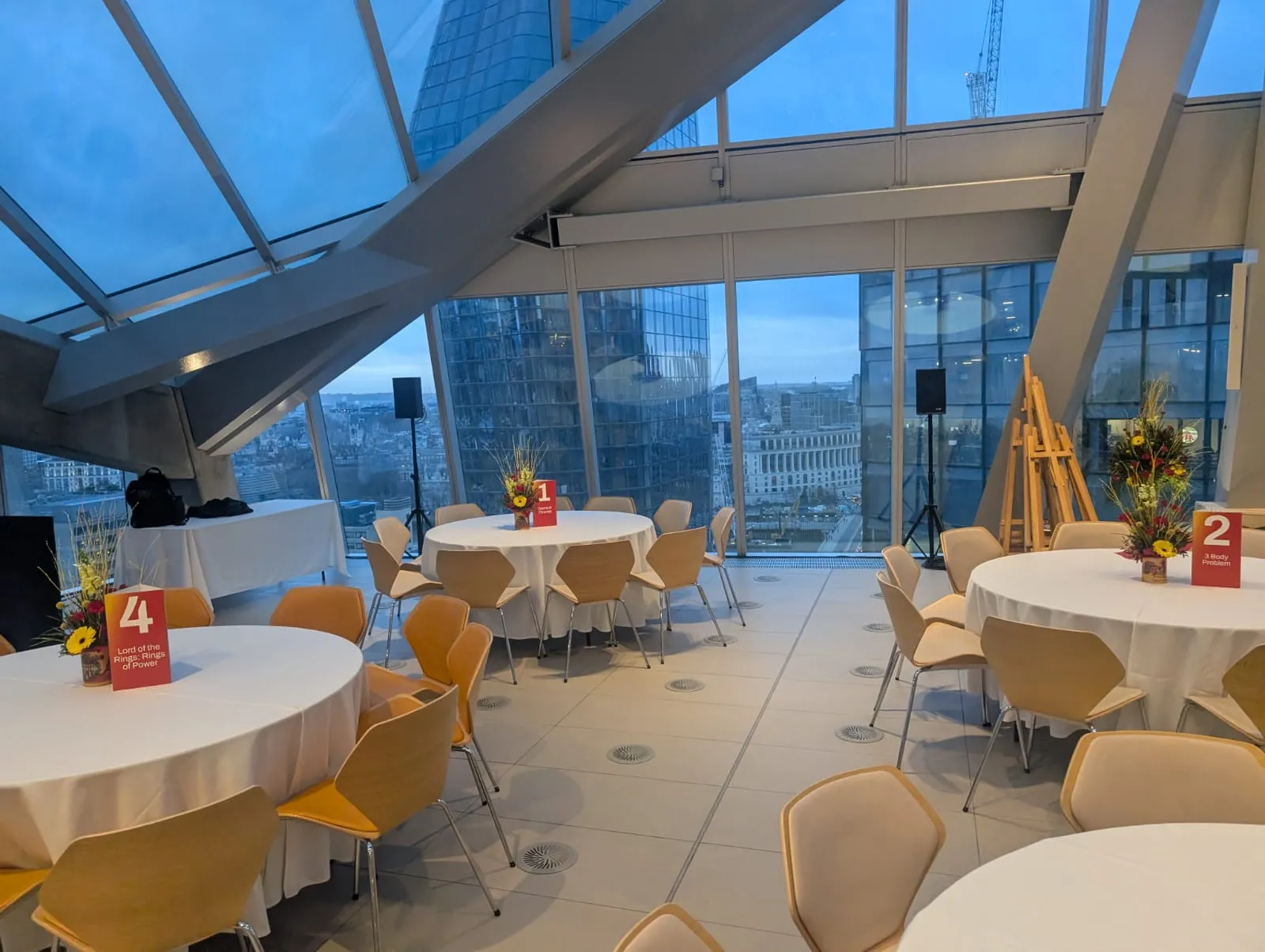Are you intending to make your upcoming event bigger and better than last time? You have landed in the right place!
Hosting an event is not merely about the arrangement of LEDs, sound systems, tables, or chairs in a place. Rather, there is a crucial yet neglected aspect in the pre-planning of an event–giving an event brief. Most event hosts are unaware of how to give an event production company a great brief.
Hosting a successful event requires an event brief that covers all the essential details regarding the event’s nature, agenda, and logistics. Additionally, it serves the purpose of a blueprint for organising the event. As an extensive document, an event brief covers every aspect of the event in depth, giving clear directions to the vendors and event production company.
This way, the success of an event is determined through planning before executing the event. Simply put, the better and more extensive the brief is, the more memorable the event will be. So, if you want to set the bar higher by leading a successful event, you need a smarter move. By smart move, we mean crafting a detailed document to keep the production company on the same page.
To help you do it the right way, this blog uncovers the essential steps to give an event company a great brief!
Things To Mention In An Event Brief
Since an event brief traces the event’s trajectory, it needs to incorporate the key points for better understanding. The event production companies can smoothly act upon the directions when the brief is well-crafted, concise, and well-organized. So, here is what to include to make a great brief:
- Give an Event Overview
- Clarify the Objectives
- Specify the audience
- Set the right mood
- Describe the nature of the event
- Calculate budget and event cost
- Requirements for the event
- Create an event-flow
An event brief covers the mentioned steps in a concise yet meaningful manner. The better each step is written, the better the event will be. Now, let’s take a closer look at each step of the event brief to see the details it incorporates!
Give an Event Overview
The first step in an event brief is giving an overview of the event, the company and the significance an event holds for the host company. Additionally, it includes details like the date, location, description, event format, agenda, etc. Since it is the first step, conveying the appropriate information to the event production company is essential for better understandingClarify the Objectives
The second step is to clarify the objectives and goals you want to achieve through the event. Stating the aim and purpose of the event makes it easier to stay steadfast in getting your foot in the door. Additionally, it gives a proper structure to the event. It serves as the backbone of making an event more purposeful and successful.Specify the audience
Undoubtedly, an event is meant to engage an audience. It is important to design the event specifically for the targeted group of people. Additionally, it requires considering the target audience’s details, such as demographics and interests.
Identifying the audience’s interests and expectations helps make an event more tailored to what people seek. The better the event is tailored, the more engagement and attendance it will have.
Furthermore, if you’re planning a conference or exhibition, the audience is likely to be professionals or the general public respectively. In this way, setting the tone according to the audience becomes relatively easierSet the right mood
This step correlates with specifying the audience to set the right mood for the event. This step includes what you want your audience to feel and how you can do it. Additionally, setting the mood needs the creative touch of activities and ambience to select the right mood for the audience. For instance, if it is a customer appreciation or exhibition, the mood should be fun and festival-like, comprising fun-filled activities and games. Similarly, a conference needs to be formal, professional and informative to fulfil the event’s purpose. Undoubtedly, the mood and ambience of an event are determined by the objectives of the eventDescribe the nature of the event
To execute a successful event, it is essential to decide on the event type and format. The event objectives influence the description of the nature of the event as well.
Additionally, the arrangements are made according to the nature of the event. An event can be a conference, trade show or exhibition, formal/informal or interactive in nature.
Moreover, the seating layout and the medium of the event are decided in this step. No matter how the event is to be held, such as in person, virtually, or hybrid, it is important to inform the event production company as much as possible about the nature of the event.Calculate budget and event cost
Undoubtedly, it is the most essential aspect to consider in giving a great event brief. To avoid inconveniences in executing the event, the host company needs to calculate the overall budget for the event. It should include the expenses of the following:- Catering
- Decor
- Venue rental
- AV(audio visual) and production
- Staff
- Marketing material(signage and branding)
Additionally, it also includes ticket sales or sponsorships sometimes. So, the event brief needs to consider all the expenses and attendees’ pricing. As the finances and logistics are the most crucial part, this step needs special attention in the whole process
Requirements for the event
An event brief is incomplete without mentioning the requirements for the event. Since you are conveying your event details to the event production company, mention every bit of information in the brief.
The requirement section needs to include things needed from floor to door, such as:- Catering(carpets, chairs, tables)
- Lighting system
- AV system
- Serving staff
- Decoration
- Refreshments
- Picture booths
- Safety measures
A few main requirements are usually present in all types of events. However, it is important to address the requirements before the execution of the event.
Create an event-flow
The event brief should include an itinerary or flow. The purpose of the itinerary is to make an easy-to-follow schedule. Additionally, there is more smoothness in the execution of the event-related activities.
An event flow splits the event time into smaller chunks to ensure the effective utilisation of the given time-frame. Here is an example,
Wrapping it up!
In spite of the fact that there are no rules set in stone for giving a great event brief, following a systematic way of planning your event will lead to a successful event. An event brief is a prerequisite to conducting a flawless conference, trade show, or exhibition.
Planning an event requires the consideration of the key factors, last-year glitches, and a comprehensive understanding of the door-to-floor materials needed. The more you look into the details of giving an event brief, the more up to the mark your event will be. Conclusively, an efficient event brief has its fair share in making an event successful.
So, if you are planning your annual event, be strategic and know how to give an event production company a great brief!
